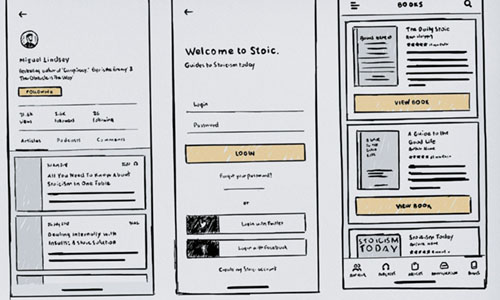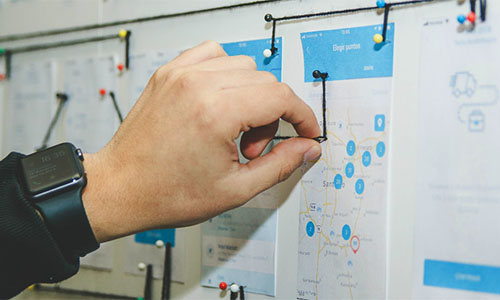Early stage prototype analysis
Product Design & Development
Develop products with the right features. Test early stage prototypes and successive iterations to identify the features that will ensure market success.
How the process works
- Identify prototypes and prepare physical prototype for participant delivery or digital prototypes for upload for participant feedback
- Work with our Research Managers design the testing protocol and possibly assemble a participant panel to test multiple prototype iterations over time
- Use mindswarms remote video capture to gather reactions reactions to prototypes
- Use inquiry methods to delve deeper into user expectations, needs and desires.
- Capture the product’s intended context of use, environments and artifacts that influence user experience
Methods used
- Prototype testing kits and instructions
- Cognitive usage walkthrough with physical and digital prototypes
- Ergonomic and cognitive analysis of features
- Context of use tours
- Asynchronous remote interviews to gain a deeper understanding of product expectations, desired and unnecessary features
Timing and cost
- Product Concept Test can take from 7-14 days or more to complete depending on study complexity
- Typical projects involve 15+ participants
- Fees including screener development, study management, recruiting, hand-selecting the best candidates, QA of videos, respondent incentives, and transcripts @$500/person for US respondents, and $1,000/person for international markets (additional incentives may be required if travel or retail visits are required)
- Fees for optional analysis start at $7,500 for a report on a 15 person study, and $12,500 for a 30 person study
- Fees for optional edited video start at $5,000 for a 90-120 second highlight reel with title cards and music (B roll and motion graphics are extra)
Deliverable
15 participants each answer 10 questions using the video on their smartphone or laptop. That produces 150 x 1 minute video clips and corresponding transcripts (both Google Speech, and a parallel service that includes a human’s eyes to capture important nuances). All delivered via a cloud-based link that is shareable, and assets that can be downloaded (videos in MP4 format) to be used to bring the insights to life for presentations, and highly engage audiences


